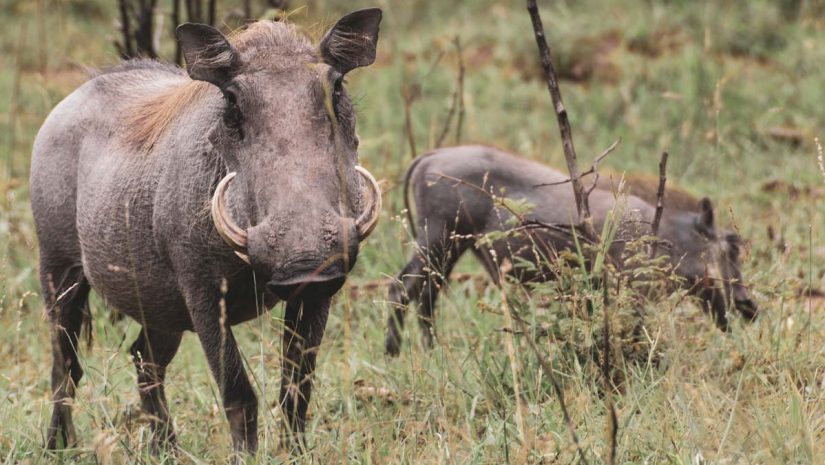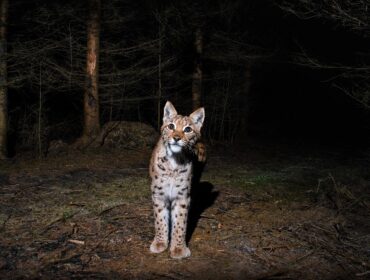Ivory has long been a prized material in man’s history, with its use spanning multiple cultures and thousands of years. Carved into sculptures, fans, and even false teeth, ivory has found a place among all classes of people for a wide variety of purposes, from ceremonial to mundane. But the source of ivory and how it would come to be attained for a thirsty market is what makes this beautiful keepsake a dark piece of history. There are many animals hunted for their ivory.
Simply explained, ivory is the tooth or tusk of any mammal that is large enough to be scrimshawed, a term that refers to the specific carving of mammalian teeth and tusks. Elephants are the most widely known source of ivory, a fact that has led to severe population decreases from enterprising poachers taking advantage of otherwise healthy elephants. But there are other animals from which valuable ivory comes as well. Let’s take a look at five animals hunted for their ivory.
1. Walrus
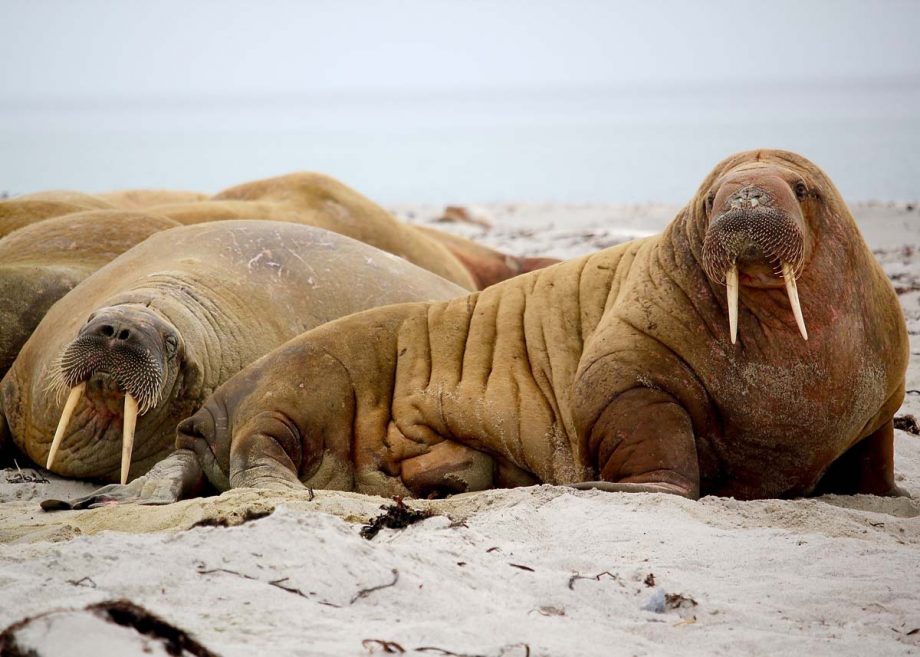
Growing to as much as a meter in length in some Pacific species, the tusks of the walrus make this marine behemoth one of several animals hunted for their ivory. Since prehistoric times, walrus ivory has been collected, carved, and traded among indigenous peoples of Greenland, North America, and Russia. Two schools were specifically established for the folk art of walrus ivory carving in Russia in the Middle Ages. Today, the Convention on the International Trade of Endangered Species (CITES) restricts the international trade of walrus ivory.
2. Hippopotamus
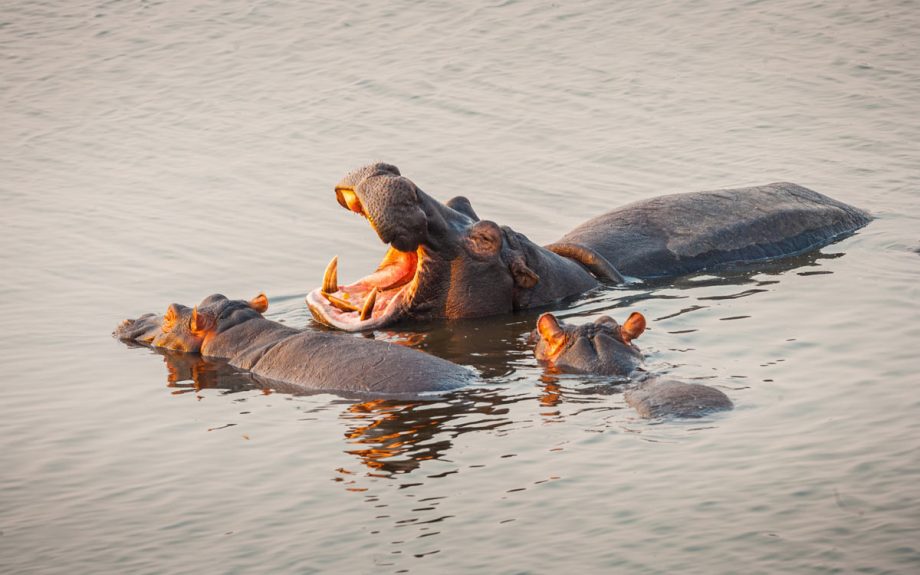
The upper and lower canines of the hippopotamus are the prime targets for those looking to collect ivory for the commercial trade. Hippo ivory is often higher valued on the market since it does not yellow with age like other ivories. Though it is widely believed that the first US president George Washington’s false teeth were carved from wood, they were actually carved from hippo ivory.
3. Narwhal
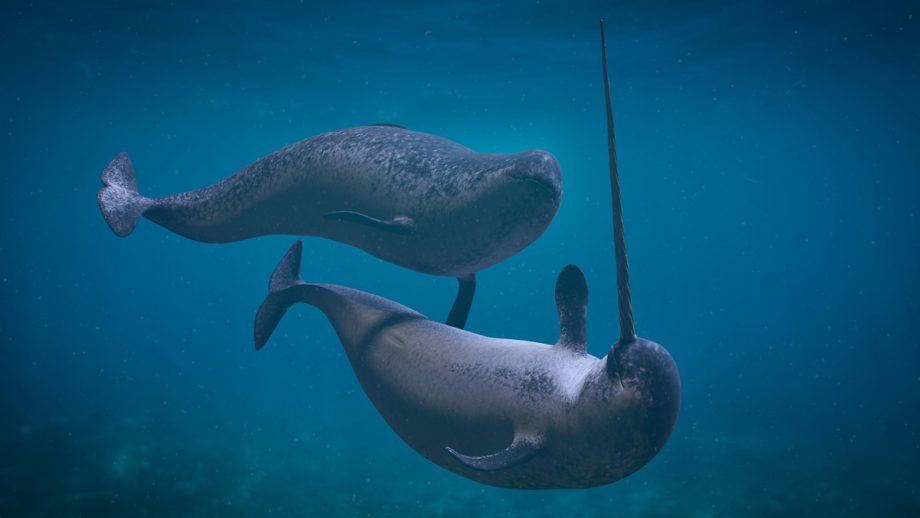
The unmistakable spiraled tusk of the narwhal, looking to many like the horn of a mythical unicorn, has been collected and traded by the Inuit in Northern Canada for centuries, with the highest value being placed on the most symmetrical and straight tusks. Although narwhals are animals hunted for their ivory, it is illegal in Canada for anyone other than an Inuk to hunt them. There is no commercial fishery for narwhals. The narwhal ivory trade is prohibited in the US.
4. Warthog
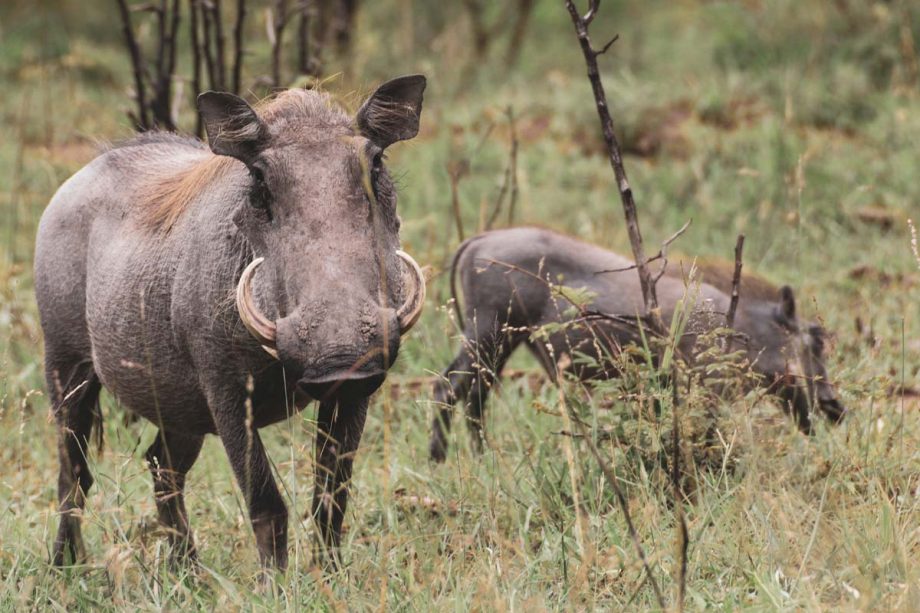
Of all the animals hunted for their ivory, the tusks of the warthog are slightly less sought after. Warthogs have four canine teeth that grow upward from the sides of their snout. Each of these grow continuously throughout the warthog’s life. They are worn down through constant rooting for food and battles with other individuals encroaching on their territory. The trade in warthog ivory exists predominantly for the tourist trade in East and South Africa.
5. Sperm Whale
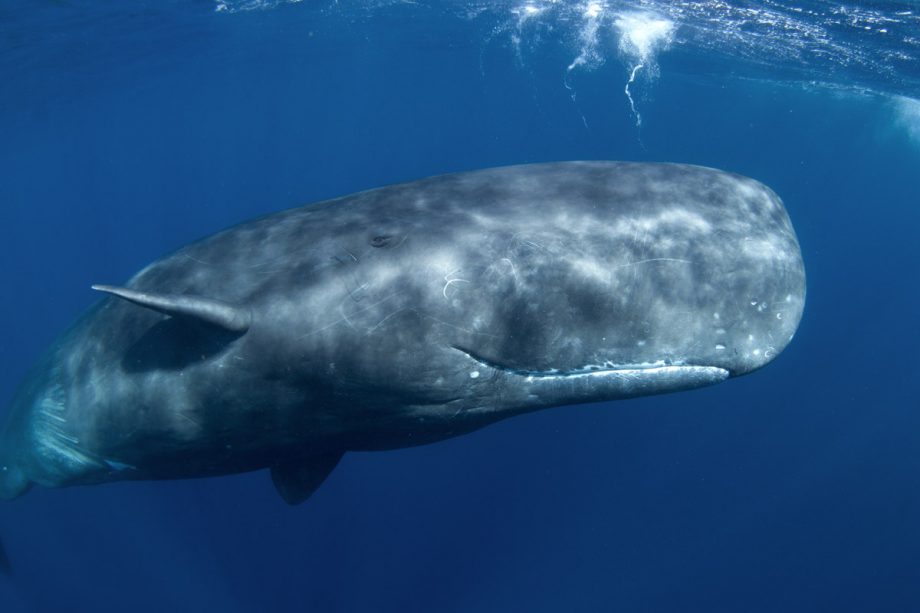
Sperm whale ivory originates from their round, stout teeth, which can grow to over 7 inches in length throughout its lifetime. Orcas have also been a source of ivory over the years, but these two species are not typically animals hunted for their ivory due to the difficulty in procuring them in ancient times, and an international moratorium on commercial whaling today. Although sperm whale ivory has been featured in important cultural objects among many peoples of the Pacific, collection was rare. It only came from beached whales, and therefore considered highly valuable.
Featured Image from Glen Carrie/Unsplash
